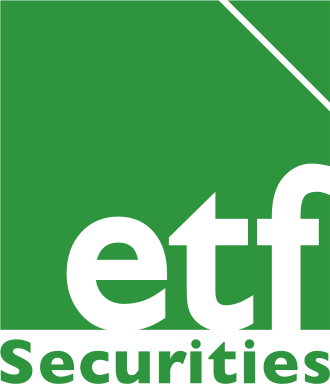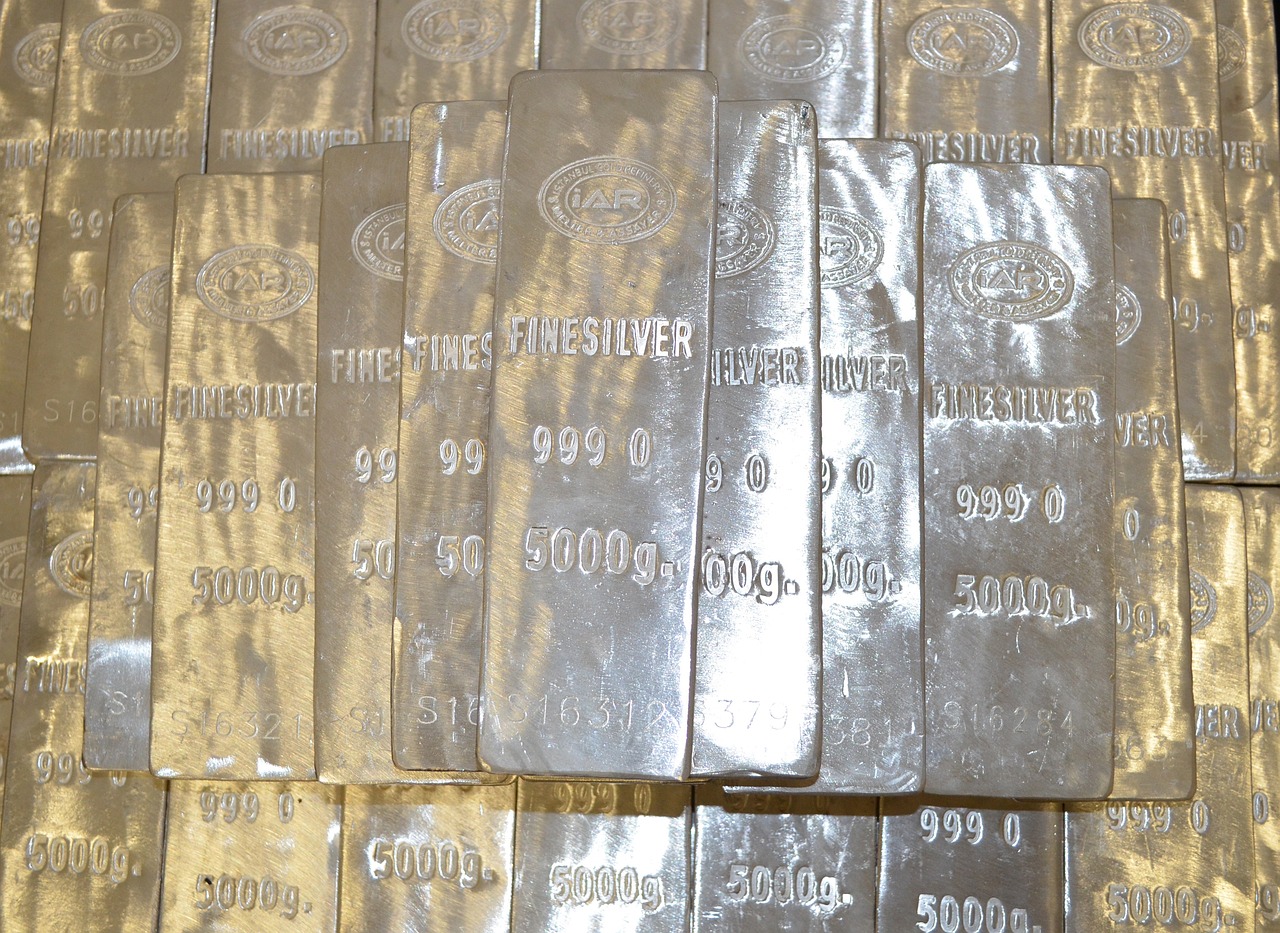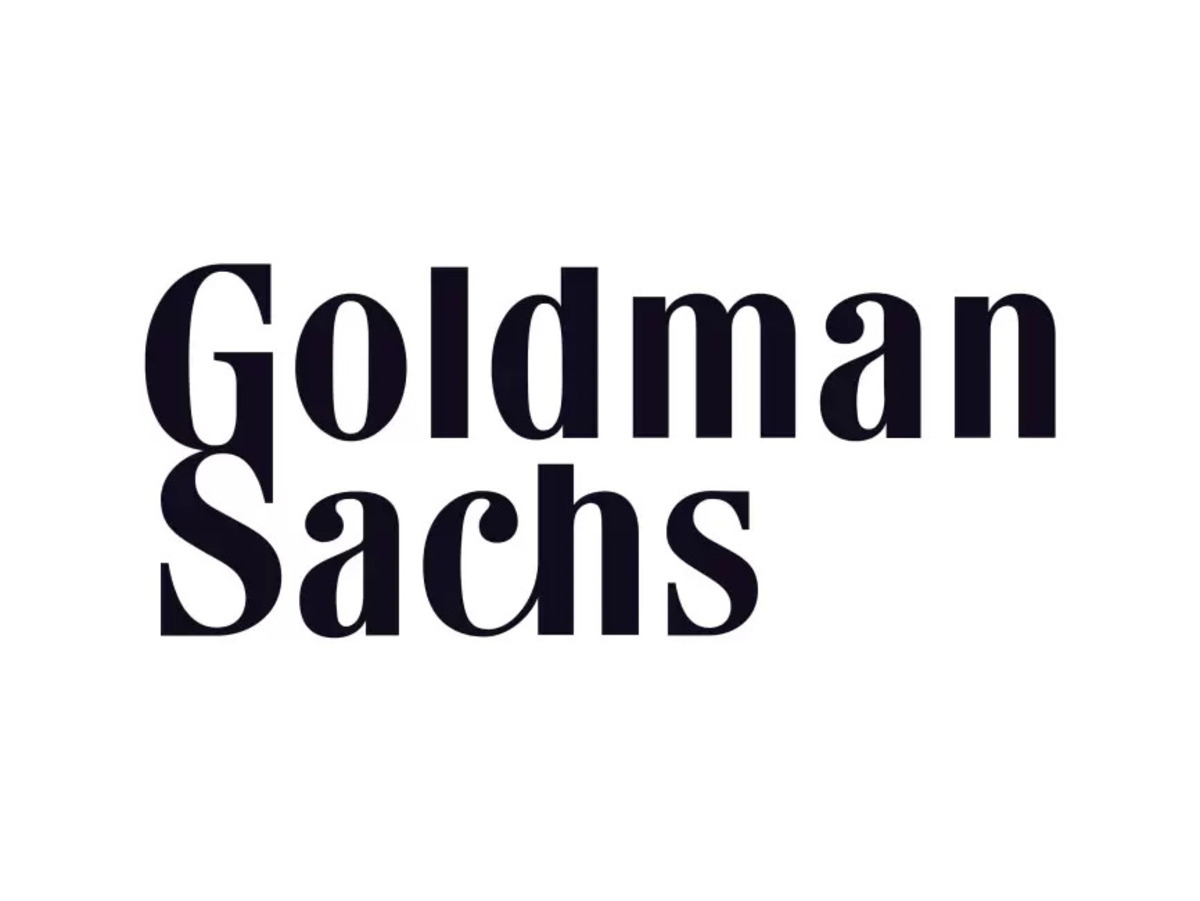ETF Securities FX Research: Near-term downside for US Dollar
Summary
The US Dollar has jumped sharply in recent months, reaching the highest level since late 2002. The US Dollar has moved ‘too far too fast’ and could unravel in coming months if the US Federal Reserve’s actions don’t live up to its rhetoric.
Inflation is set to jump higher in 2017, driven by wage growth and an unwind of the weakness in oil prices over the past year.
Futures market pricing remains buoyant, but could unwind rapidly. The options market indicates that the US Dollar is expected to appreciate against most G10 currencies in coming months – the only exceptions being the Japanese Yen and the Swiss Franc.
Strong economic environment…
Strong economic data, particularly the ongoing buoyancy of the jobs market has driven the US Dollar (USD) higher in recent months against all G10 currencies. Although the USD has reached the highest level in 14 years, the rally is likely to take a pause after moving too high too soon after the widely expected rate hike from the US Federal Reserve (Fed) last December. While the Fed has increased its rate hike projections for 2017, they may not live up to expectations.
Fed Chair Yellen noted in a speech in October last year that the FOMC would be more comfortable in running a ‘high-pressure’ economy in 2017 due to persistent ‘hysteresis effects’ resulting from the global financial crisis. We expect the USD to suffer as the central bank begins to lose its inflation fighting credibility. Hawkish rhetoric alone will not be enough to sustain the current levels of the USD. Nonetheless, as the Fed comes to terms with having to be more aggressive with rate rises, we feel the USD will eventually rebound in the H2 2017.
…could generate inflation surprise
Inflation looks set to rebound rapidly, as energy prices have increased considerably over the past year. The removal of so called ‘base effects’ could see inflation jump over 3% in coming months. A rising USD could moderate some of the inflationary pressure later in 2017.
(Click to enlarge graph)
Indeed, inflation expectations are rising on a global basis, partly fuelled by a rebound in energy prices.
(Click to enlarge graph)
Wage growth acceleration also threatens to be a key driver of inflation in 2017, as the US jobs market continues to tighten. The strong correlation between wages and CPI will continue as the US jobs market reaches full employment. In December, US wage growth reached the highest level since April 2009, at 2.9%.
(Click to enlarge graph)
Flat real rate environment
The real interest rate environment is critical for the trajectory of the USD. Currently the USD has risen out of line with real rate differentials. On a real yield differential basis, the USD is currently beginning to look stretched against a basket of G10 currencies.
If the USD rally is to regain momentum in H2 2017, the Fed will need to engineer a rising real rate environment. This could be difficult, especially if Fed Chair Yellen is comfortable with inflation staying above target in 2017.
(Click to enlarge graph)
However, the USD could be its own worst enemy: the Fed has, in recent years, cited USD strength as a reason to keep rates on hold. NY Federal Reserve economists estimated that a 10 percent appreciation of the dollar within a quarter would drag down growth over one year by 0.5 percentage point. The stronger dollar encourages import substitution by consumers, leading to less domestic production. As a result, lower-than-expected growth could stay the Fed’s hand, especially if President Elect Trump’s pro-growth policies don’t begin to impact the real economy until 2018.
Although cheaper imports should leave consumers better off, the reduction of prices tends to be proportionally less than the corresponding strength of the US Dollar.
Investor positioning
Investor positioning has surged since mid-October, stabilising at around the highest level since August 2015. The bullish sentiment was bolstered by the more hawkish rhetoric that accompanied the Fed’s December rate hike. The optimism (and long positioning) could quickly unravel if the Fed doesn’t stay true to its words and the ‘dot plot’, as was the case last year. Optimism also prevails in the options market, with pricing indicating that the USD is expected to appreciate against all G10 currencies, with the exception of the Japanese Yen and the Swiss Franc.
(Click to enlarge graph)
With Trump policies likely contributing to inflationary pressure, alongside with higher wage growth and upwardly trending core inflation factors like healthcare and housing, we feel the Fed will need to, at the very least, remain committed to its ‘dot plot’ of three rate hikes in 2017.
While we expect some near-term weakness for the USD. As the Fed comes to terms with having to be more active with monetary policy in mid-2017, we feel the USD could stage a rebound in the second half of the year.
Important Information
General
This communication has been issued and approved for the purpose of section 21 of the Financial Services and Markets Act 2000 by ETF Securities (UK) Limited (“ETFS UK”) which is authorised and regulated by the United Kingdom Financial Conduct Authority (the “FCA”).

 Nyheter3 veckor sedan
Nyheter3 veckor sedan
 Nyheter3 veckor sedan
Nyheter3 veckor sedan
 Nyheter4 veckor sedan
Nyheter4 veckor sedan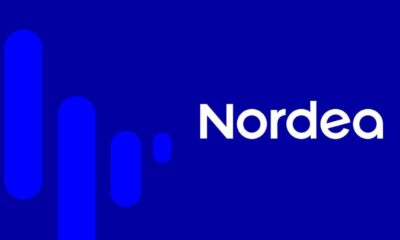
 Nyheter3 veckor sedan
Nyheter3 veckor sedan
 Nyheter4 veckor sedan
Nyheter4 veckor sedan
 Nyheter3 veckor sedan
Nyheter3 veckor sedan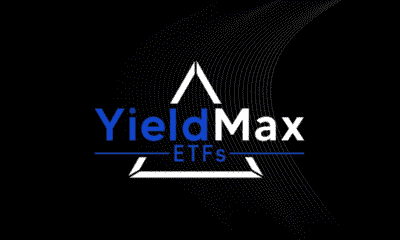
 Nyheter4 veckor sedan
Nyheter4 veckor sedan
 Nyheter4 veckor sedan
Nyheter4 veckor sedan
